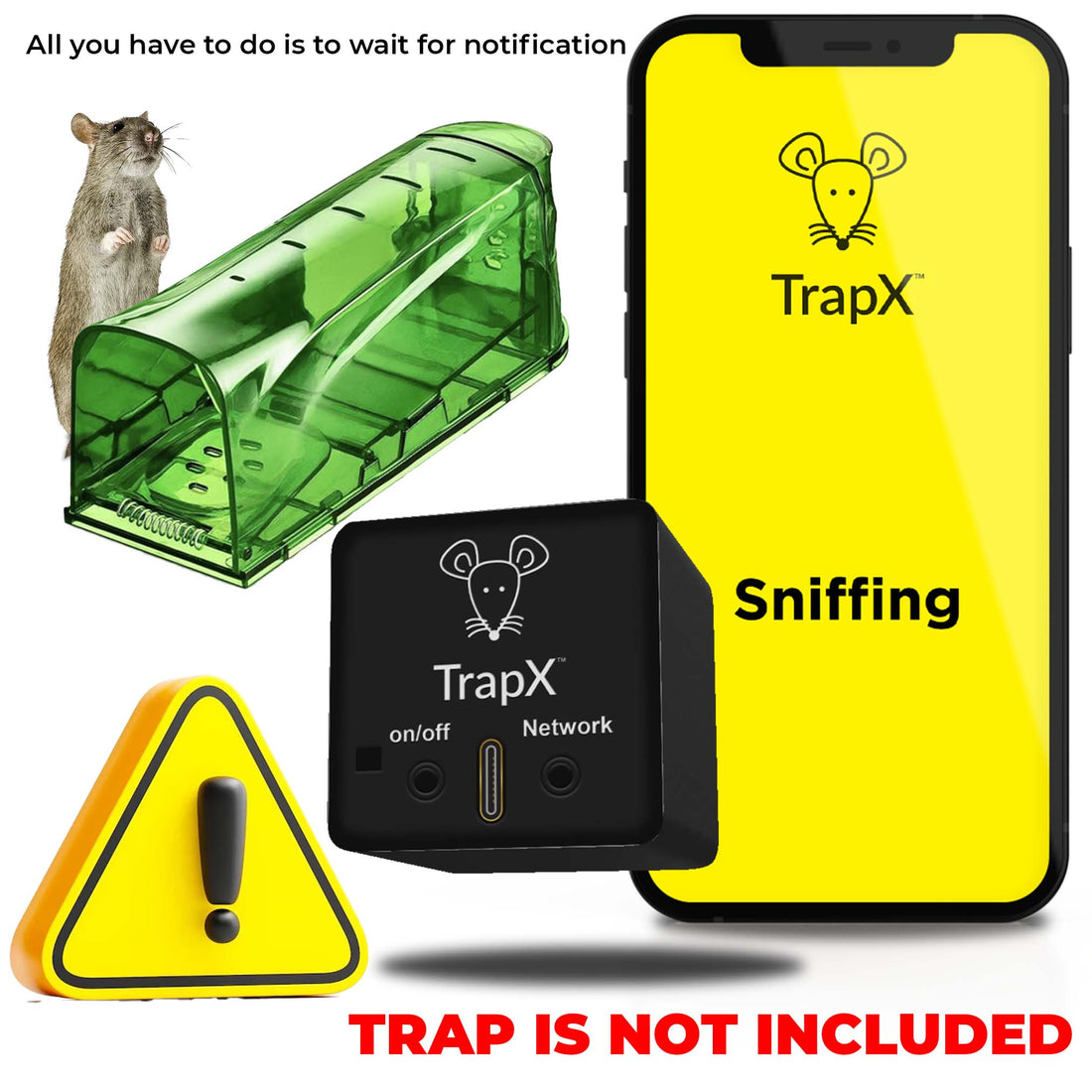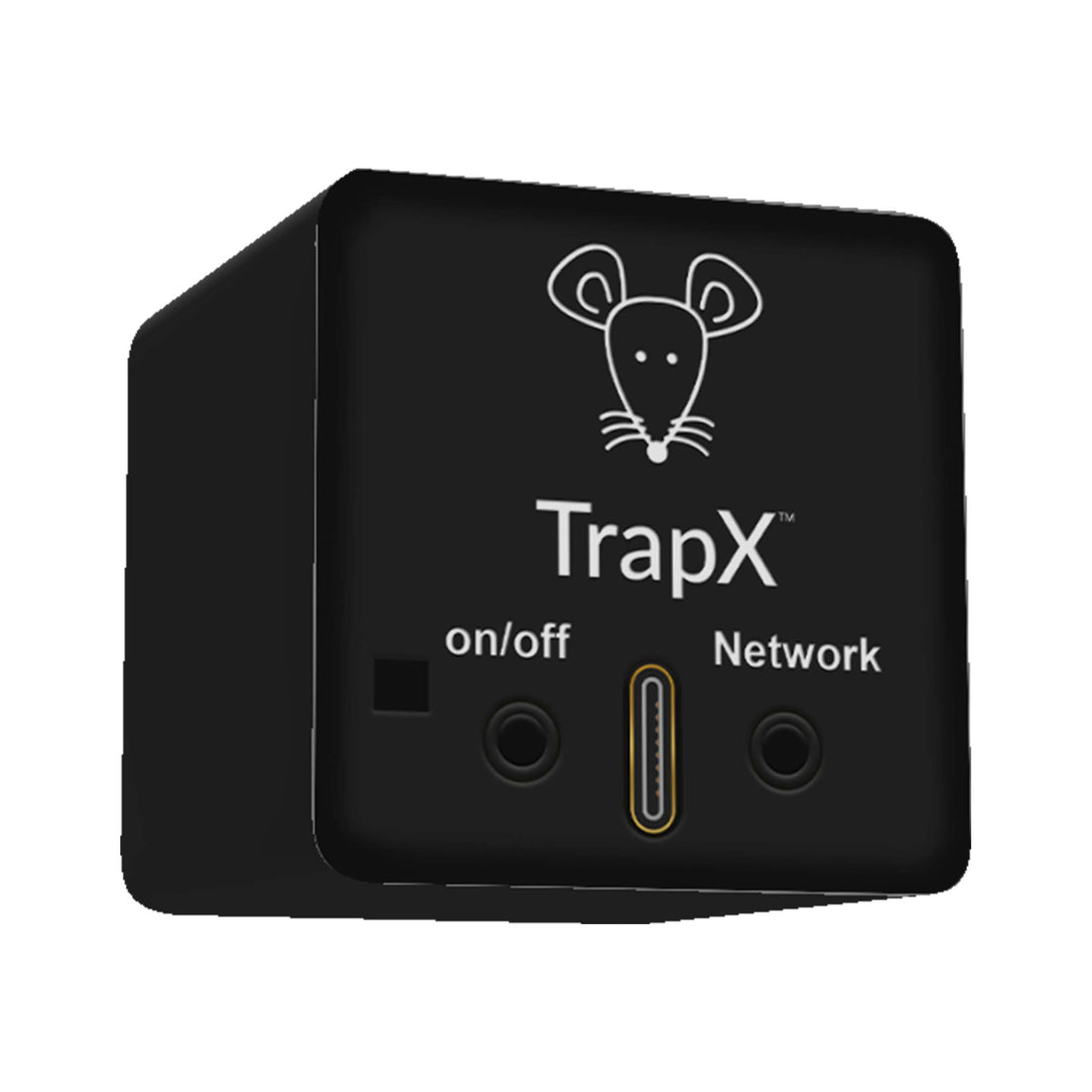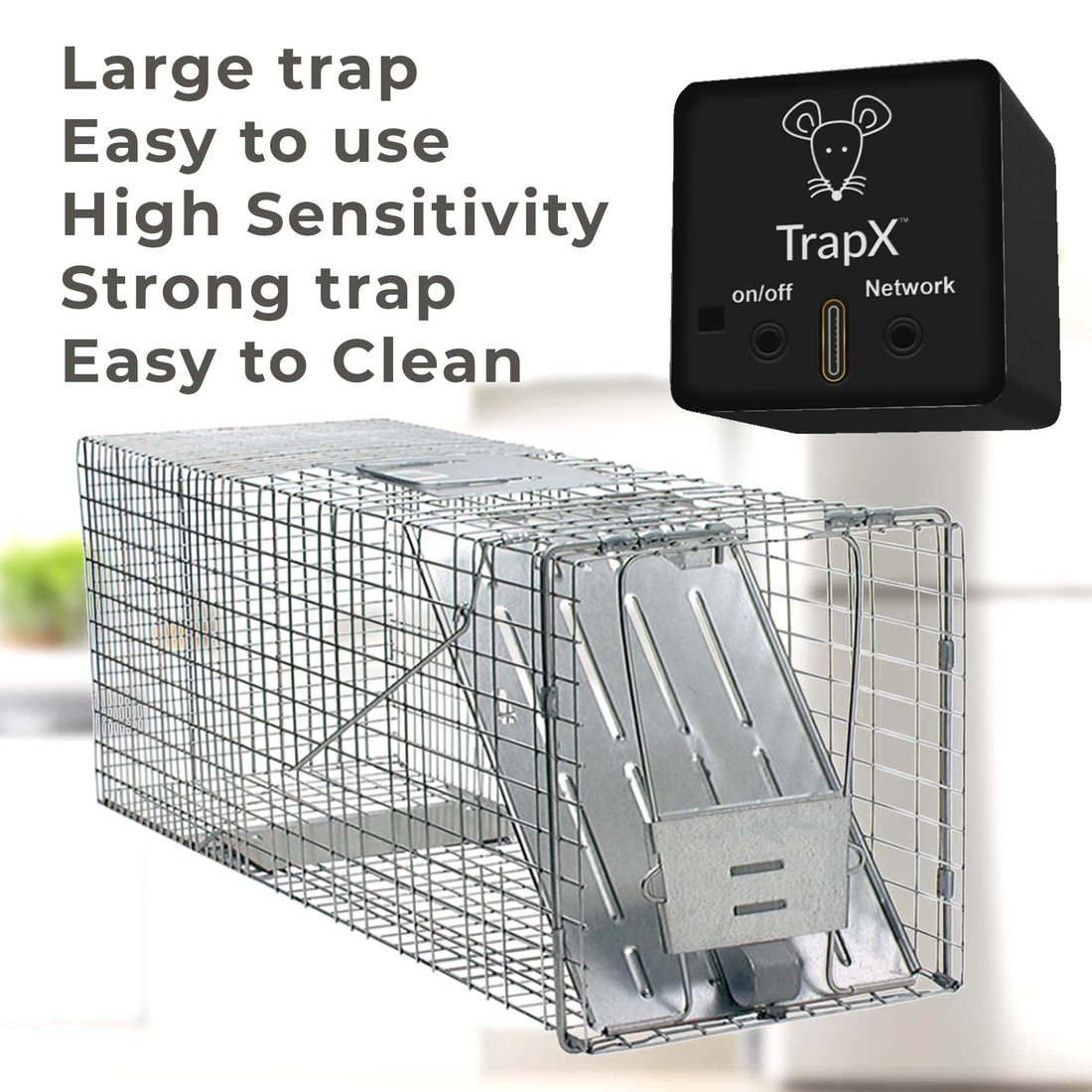The Ultimate Guide to Wireless Mouse Trap Sensors: Revolutionizing Pest Control
Share
In an era where technology is seamlessly integrating into every aspect of our lives, its no surprise that even pest control has seen significant advancements. One such innovation is the wireless mouse trap sensor, a device that is transforming the way we deal with rodent infestations. This comprehensive guide will delve into the world of wireless mouse trap sensors, exploring their functionality, benefits, and how they are revolutionizing pest control.

What is a Wireless Mouse Trap Sensor?
A wireless mouse trap sensor is a smart device designed to detect and alert homeowners or pest control professionals when a mouse or other rodent has been caught in a trap. These sensors are typically integrated with traditional mouse traps, adding a layer of technology that enhances their effectiveness. By sending real-time notifications to your smartphone or other connected devices, these sensors ensure that you are immediately aware of any rodent activity, allowing for prompt action.

How Do Wireless Mouse Trap Sensors Work?
The functionality of wireless mouse trap sensors is rooted in modern wireless communication technologies such as Wi-Fi, Bluetooth, or Zigbee. Heres a step-by-step breakdown of how they work:
- Detection: The sensor is attached to a traditional mouse trap. When the trap is triggered by a rodent, the sensor detects this action.
- Notification: Upon detection, the sensor sends a wireless signal to a connected hub or directly to your smartphone via an app.
- Alert: You receive an instant notification on your device, informing you that a mouse has been caught.
- Action: With this real-time information, you can promptly check and reset the trap, ensuring continuous monitoring and control.

Benefits of Using Wireless Mouse Trap Sensors
Wireless mouse trap sensors offer several advantages over traditional pest control methods:
- Real-Time Alerts: Instant notifications allow for immediate action, reducing the risk of rodent-related damage.
- Convenience: No more manual checking of traps. The sensors keep you informed, saving time and effort.
- Improved Hygiene: Prompt removal of caught rodents prevents the build-up of unpleasant odors and potential health hazards.
- Enhanced Effectiveness: Continuous monitoring ensures that traps are always functional and ready to catch more rodents.
- Integration with Smart Home Systems: Many wireless mouse trap sensors can be integrated with existing smart home ecosystems, providing a seamless and automated pest control solution.
Choosing the Right Wireless Mouse Trap Sensor
When selecting a wireless mouse trap sensor, consider the following factors:
- Compatibility: Ensure that the sensor is compatible with the type of mouse traps you are using.
- Range: Check the range of the wireless signal to ensure it covers the necessary area in your home or property.
- Battery Life: Opt for sensors with long battery life to avoid frequent replacements.
- Ease of Use: Look for sensors that are easy to set up and use, with intuitive apps and interfaces.
- Integration: If you have a smart home system, choose sensors that can easily integrate for a more cohesive solution.
Top Wireless Mouse Trap Sensors on the Market
Here are some of the top wireless mouse trap sensors available today:
- Brand A Wireless Mouse Trap Sensor: Known for its reliability and ease of use, Brand A offers a robust solution with excellent range and battery life.
- Brand B Smart Mouse Trap Sensor: This sensor integrates seamlessly with popular smart home systems, providing a comprehensive pest control solution.
- Brand C Eco-Friendly Mouse Trap Sensor: Focused on sustainability, Brand Cs sensor uses eco-friendly materials and offers long-lasting performance.
Installation and Setup
Setting up a wireless mouse trap sensor is typically straightforward. Heres a general guide:
- Attach the Sensor: Secure the sensor to your traditional mouse trap as per the manufacturers instructions.
- Connect to Wi-Fi: Use the accompanying app to connect the sensor to your homes Wi-Fi network.
- Test the System: Trigger the trap manually to ensure that the sensor sends a notification to your device.
- Monitor and Maintain: Regularly check the app for notifications and ensure the sensors battery is charged.
Conclusion
Wireless mouse trap sensors represent a significant leap forward in pest control technology. By providing real-time alerts, enhancing convenience, and integrating with smart home systems, these devices offer an efficient and effective solution for managing rodent infestations. Whether youre a homeowner looking for a hassle-free way to keep your home rodent-free or a pest control professional seeking to enhance your services, wireless mouse trap sensors are a valuable addition to your toolkit.
As technology continues to evolve, we can expect even more innovative solutions in the realm of pest control. For now, wireless mouse trap sensors are leading the charge, offering a smarter, more efficient way to tackle one of the most common household problems.
May16.chat.5pass.general public.wireless mouse trap sensorAs an Amazon Associate, I earn from qualifying purchases.
